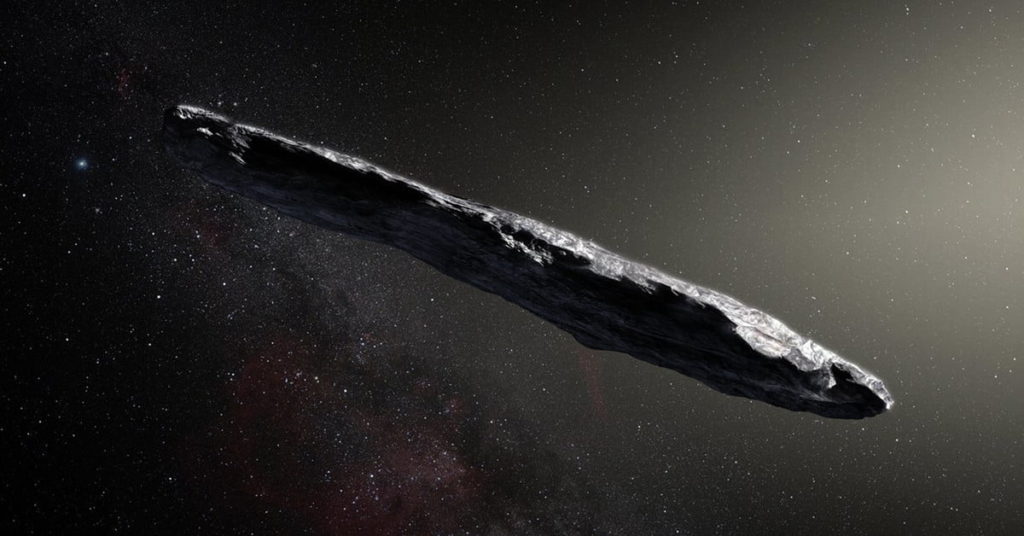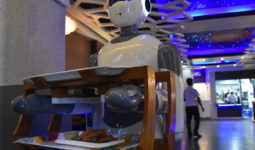‘Oumuamua Isn’t Alone: 4 Interstellar Objects Identified in Solar System
The ‘Oumuamua space object made headlines last year when it was revealed to originate from outside of our Solar System, making it a special rarity as other comets and asteroids studied before all originated from within the Solar System. However, the exact nature of ‘Oumuamua and whether it is actually a comet has been called into question recently, with scientists arguing that if it were a comet, it would have broken apart when it passed by the Sun. And now the mystery deepens, as a new paper argues that there could be hundreds of ‘Oumuamua-sized interstellar objects in our Solar System, some of which could be identifiable by the Large Synoptic Survey Telescope (LSST).
Researchers from Harvard University, undergraduate Amir Siraj and Professor Abraham Loeb, Chair of the Harvard Astronomy Department, have made their paper available on pre-publication archive arXiv while it is reviewed for publication in the Monthly Notices of the Royal Astronomical Society. They used computer models of asteroid-like objects to see how they would be captured by the gravity in the Jupiter-Sun system, and then used these models to identify four objects in our Solar System that are thought to have originated from elsewhere.
The objects, 2018 TL6, 2017 SV13, 2011 SP25, and 2017 RR2, were identified by looking at factors like their eccentricity, inclination, orbital period, perihelion distance, and aphelion distance, which are mathematical descriptions of the movements and positions of the objects. In total, there could be around 350 trapped interstellar objects in our Solar System, of which 66 would be detectable by LSST, and these objects would provide a potentially valuable target for research in order to understand how planetary systems form. Siraj and Loeb suggest that high-resolution spectroscopy could be used to measure the ratios of chemicals in the tails of the objects, which would show whether the objects did in fact originate from outside our Solar System.
These objects are trapped in our Solar System because of the massive planet Jupiter, which forms its own system with the Sun with gravity that scoops up objects as they pass. “The Sun-Jupiter system acts as a fishing net that collects interstellar objects,” Loeb told Forbes. “At any given time, there are a few thousand trapped objects within the Solar System.”




